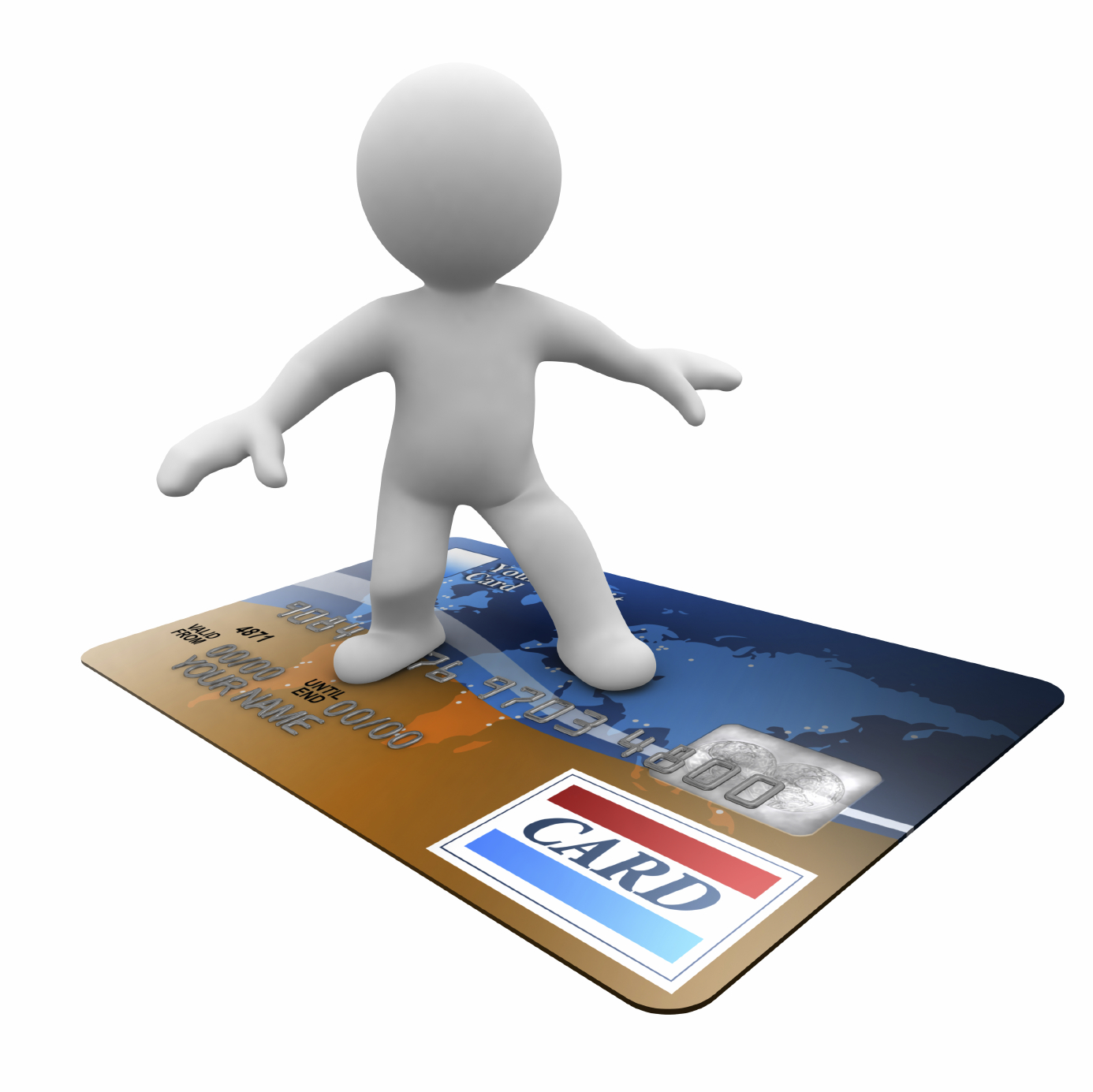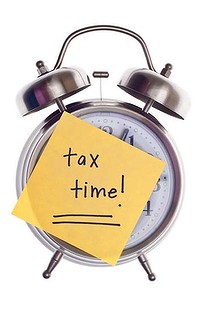
CHANGES TO THE PRIVATE HEALTH INSURANCE REBATE 
The private health insurance rebate is an amount that the government contributes towards the cost of your private health insurance premiums. The majority of people with private health insurance claim the rebate as a reduction in the amount of premiums they pay to their private health insurers (known as premium reduction).
From 1 July 2012, your entitlement to the rebate will depend on your single or family income for surcharge purposes. This means that if you have a higher income, your rebate entitlement may be reduced, or you may not be entitled to receive any rebate at all. You will receive a statement from your private health insurer, which is required to complete your tax return.
You may now be eligible for a private health insurance rebate if you were covered by private health insurance regardless of who paid for the policy. If you are covered as a dependent child on a policy, you are not eligible for the rebate, but will not have to pay the Medicare levy surcharge.
You will be income tested on your share of the private health insurance policy. This may mean that your household will get more than one annual statement from your insurer for the one policy if there was more than one adult on the policy when the premiums were paid.
MEDICARE LEVY SURCHARGE THRESHOLDS 
If you and all your dependants do not have an appropriate level of private patient hospital cover for the full year and your income is more than the relevant income test threshold, the Medicare levy surcharge may apply.
The Medicare levy surcharge is now determined by new income thresholds. There is no change to how the Medicare levy surcharge applies, or to any exemptions that may apply to your circumstances.
|
2012-2013 |
No change |
Threshold 1 |
Threshold 2 |
Threshold 3 |
|
Singles |
$84,000 or less |
$84,001-97,000 |
$97,001-130,000 |
$130,001 or more |
|
Families |
$168,000 or less |
$168,001-194,000 |
$194,001-260,000 |
$260,001 or more |
|
Rate |
0.0% |
1.0% |
1.25% |
1.5% |
* The family threshold will increase by $1,500 for each dependent child after the first.
When you lodge your tax return, the ATO will test your income against the three new income thresholds to determine the level of rebate you are entitled to receive. Depending on how you claimed your rebate and the level of rebate you claimed, this may result in a tax debt or a tax offset.
|
2013-2014 |
No change |
Threshold 1 |
Threshold 2 |
Threshold 3 |
|
Singles |
$88,000 or less |
$88,001-102,000 |
$102,001-136,000 |
$136,001 or more |
|
Families |
$176,000 or less |
$176,001-204,000 |
$204,001-272,000 |
$272,001 or more |
|
Rate |
0.0% |
1.0% |
1.25% |
1.5% |
* The family threshold will increase by $1,500 for each dependent child after the first.
INCREASE SUPER GUARANTEE RATE FROM 9.00% TO 9.25%
0.25% increase to the super guarantee rate. Super guarantee is the minimum amount of compulsory super you pay for your employees. The minimum rate of 9% will change from 30 June 2013. This is the first of several increases over the next seven years.
REMOVAL OF THE UPPER AGE LIMIT FOR SUPER GUARANTEE PAYMENTS
From 1 July 2013, the existing age limit for employee super guarantee eligibility will be removed. This means you will need to begin paying super for eligible employees who are 70 years old or over.
MYSUPER
Employers must have a nominated fund, or “default fund”, where they make super guarantee payments for employees who have not selected a preferred fund (by completing a choice of fund form).
From 1 January 2014, employers must make these contributions to a fund that offers a MySuper product: a new, simple and cost-effective super product that will replace existing default products. Super funds will be allowed to provide MySuper products from 1 July 2013, and they will provide you with information to help with the changeover from existing arrangements.
INVESTIGATE YOUR OPTIONS FOR MEETING THE NEW DATA AND E-COMMERCE STANDARD 
The data and e-commerce standard will allow you to send super contributions and data on behalf of your employees to all funds in one standard electronic format, instead of sending information to separate funds in multiple formats. The benefits of a standard format include reduced processing times and costs.
Consider what your business needs to prepare for this change, as you may need to update software or systems.
The new data and e-commerce standard for sending contributions will be mandatory for employers with 20 or more employees from 1 July 2014.
The new data and e-commerce standard for sending contributions will be mandatory for employers with 19 or fewer employees from 1 July 2015.
AUSTRALIAN BANK ACCOUNT DETAILS ARE REQUIRED WHEN REFUNDS ARE EXPECTED FOR INDIVIDUALS
According to the ATO, the fastest, most-secure way for you to receive your refund is to have it paid directly into a nominated Australian bank account using electronic funds transfer (EFT). 
From 1 July 2013, individual tax returns with an estimated refund will require bank account details including BSB, account number and name to be entered when lodging electronically. Joint accounts and trust accounts are acceptable.
INCREASE TO THE TAX-FREE THRESHOLD
From 1 July 2012, the tax-free threshold has been increased to $18,200 with the effective tax free threshold rising to $20,542. Taxable income below this threshold means you will no longer pay any tax or Medicare levy on that income.
If your taxable income is under the tax-free threshold, there are reasons why you may still need to lodge an income tax return. The most common reason would be that you had pay as you go (PAYG) withheld from payments received during the year. The only way you can get that tax refunded is to lodge an income tax return for that year.
CHANGES TO DEPENDANT TAX OFFSETS
There are changes to what you can claim for certain dependants:
To be eligible for the new offset your dependant must receive a government payment as an invalid or carer or be caring for someone who receives a government payment as an invalid.
NET MEDICAL EXPENSES TAX OFFSET
The amount of net medical expenses tax offset you can claim now depends on your level of income. Net medical expenses are out-of-pocket medical expenses incurred minus any refunds received from Medicare or a private health insurer.
You can claim an offset of 20% of your net medical expenses over $2,120 for singles and families earning adjusted taxable income of up to $84,000 and $168,000, respectively, for the year ended 30 June 2013. Where these thresholds are exceeded, you can only claim an offset of 10% of your net medical expenses over $5,000. The family threshold will increase by $1,500 for each dependent child after the first.
The government announced in the 2013-14 Federal Budget that the net medical expenses tax offset will be phased out from 1 July 2013. Essentially, it is proposed that the net medical expenses offset will only be claimable in the 2014-15 and 2015-16 financial years where it has been claimed by an eligible taxpayer in the immediately preceding year.
14 JULY 2013 
• Payers must issue 2012-13 PAYG Withholding payment summaries to payees (that is, employees and other workers).
21 JULY 2013
• June 2013 monthly activity statements - final date for lodgement and payment. To ensure you receive the correct amount of credit in your income tax assessment, finalise all your PAYG instalments before you lodge your tax return.
28 JULY 2013
• Superannuation guarantee contributions for Quarter 4 (April - June 2013) are to be made to the fund by this date. If an employer does not pay the minimum superannuation guarantee contributions for Quarter 4 by this date, they must pay the SGC and lodge a Superannuation guarantee charge statement-quarterly by 28 August 2013. The SGC is not tax deductible.
14 AUGUST 2013
• PAYG withholding payment summary annual report – final date for lodgement. Use this to report amounts withheld from salary and wages and other payments. These amounts are reported at Label W2 of the activity statement.
21 AUGUST 2013
• July 2013 monthly activity statements - final date for lodgement and payment.
25 AUGUST 2012
• Quarter 4 activity statements (April - June 2013) – final date for lodgement and payment for electronic lodgement (ELS, ECI, Tax Agent Portal or BAS Agent Portal). To ensure you receive the correct amount of credit in your income tax assessment, finalise all your PAYG instalments before you lodge your tax return.
21 SEPTEMBER 2013
• August 2013 monthly activity statements - final date for lodgement and payment.
Receive FREE information and advice on Accounting & Taxation every Quarter
Signup